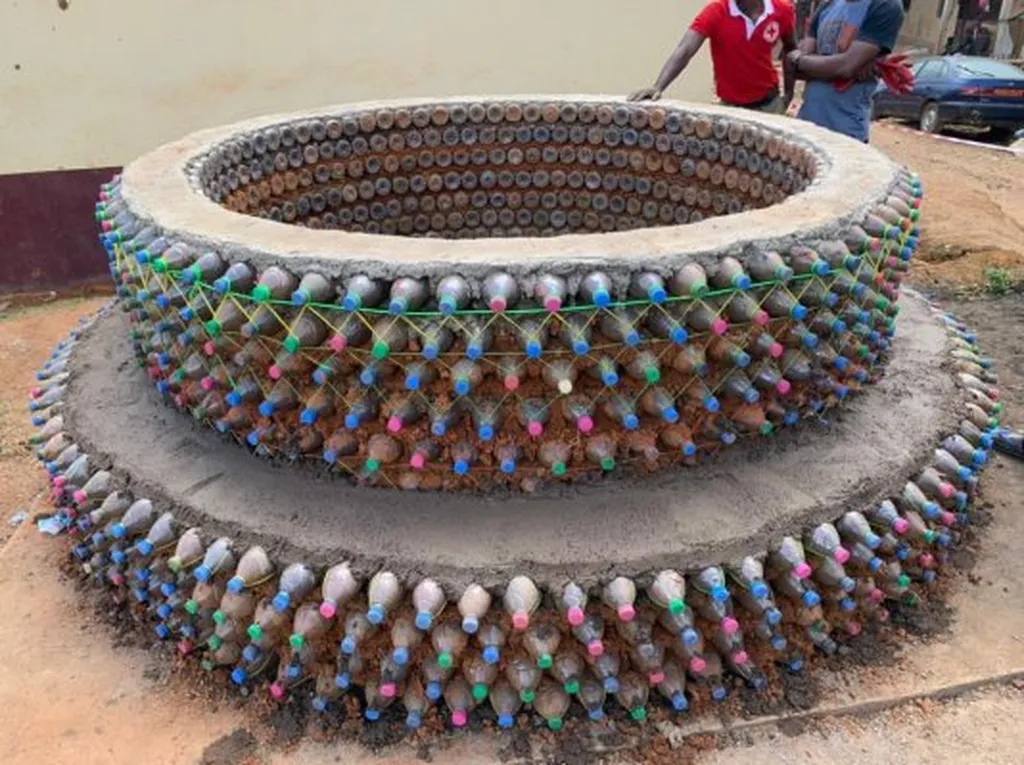In a world grappling with plastic waste and affordable housing crises, a study published in *Engineering Reports* (translated from French as *Engineering Reports*) offers a promising solution that could reshape the construction industry, particularly in developing countries. Researchers led by Yuyoh Gemlak Paul from the Department of Mechanical Engineering at the Higher Technical Teacher Training College, University of Bamenda in Bambili, Cameroon, have demonstrated how recycled polyethylene terephthalate (PET) can be transformed into durable, low-cost construction materials when blended with river sand. The key to their success? Optimizing the size of the sand particles.
The study, which focused on the mechanical and thermal properties of sand/PET composites, revealed that the particle size of sand plays a pivotal role in determining the strength, durability, and insulation capabilities of the final product. By experimenting with coarse, medium, and fine sand particles, the researchers found that fine sand composites not only achieved the highest compressive and flexural strengths but also exhibited superior insulation properties. “Fine sand composites displayed the best flexural strength and superior insulation properties, making them ideal for applications requiring both structural integrity and thermal efficiency,” Paul explained.
On the other hand, coarse sand composites showed the lowest thermal conductivity, making them attractive for lightweight applications where insulation is less critical. This variability in performance based on particle size opens up new avenues for customizing construction materials to meet specific needs. “The study shows that optimizing sand particle size is critical for achieving balanced strength, durability, and insulation in sand/PET composites,” Paul noted.
The implications for the construction and energy sectors are significant. In regions like Cameroon, where plastic pollution and affordable housing are pressing concerns, this research offers a practical pathway for reusing waste plastics in sustainable, low-cost construction. By transforming plastic waste into building materials, communities can reduce pollution while also addressing the need for affordable housing.
Moreover, the energy sector stands to benefit from the enhanced insulation properties of these composites. Buildings constructed with fine sand/PET composites could require less energy for heating and cooling, leading to reduced energy consumption and lower carbon emissions. This aligns with global efforts to create more energy-efficient buildings and combat climate change.
The study also highlights the potential for particle-size engineering in composite design, a field that is still in its infancy. As researchers continue to explore the possibilities of blending recycled materials with natural resources, we can expect to see a rise in innovative, sustainable construction materials that offer both economic and environmental benefits.
In the words of Yuyoh Gemlak Paul, “These findings not only underline the potential of particle-size engineering in composite design but also demonstrate a practical pathway for reusing waste plastics in sustainable, low-cost construction.” As the world seeks to balance economic growth with environmental sustainability, this research offers a glimpse into a future where waste is not just discarded but transformed into valuable resources.

